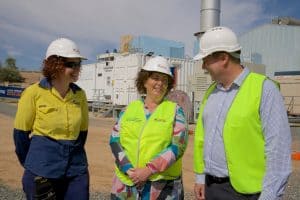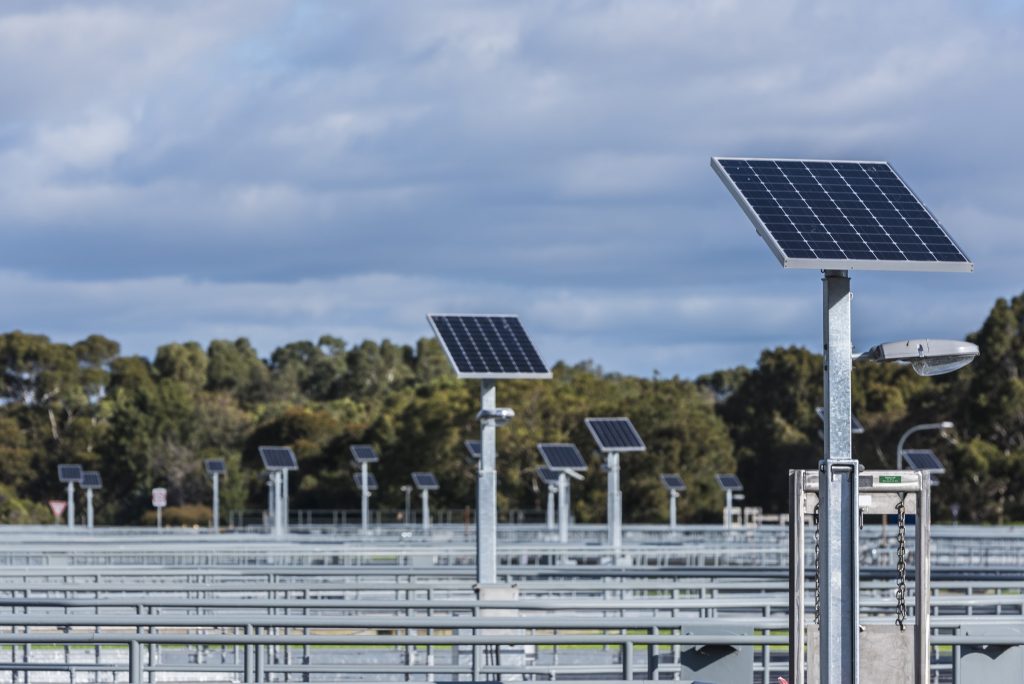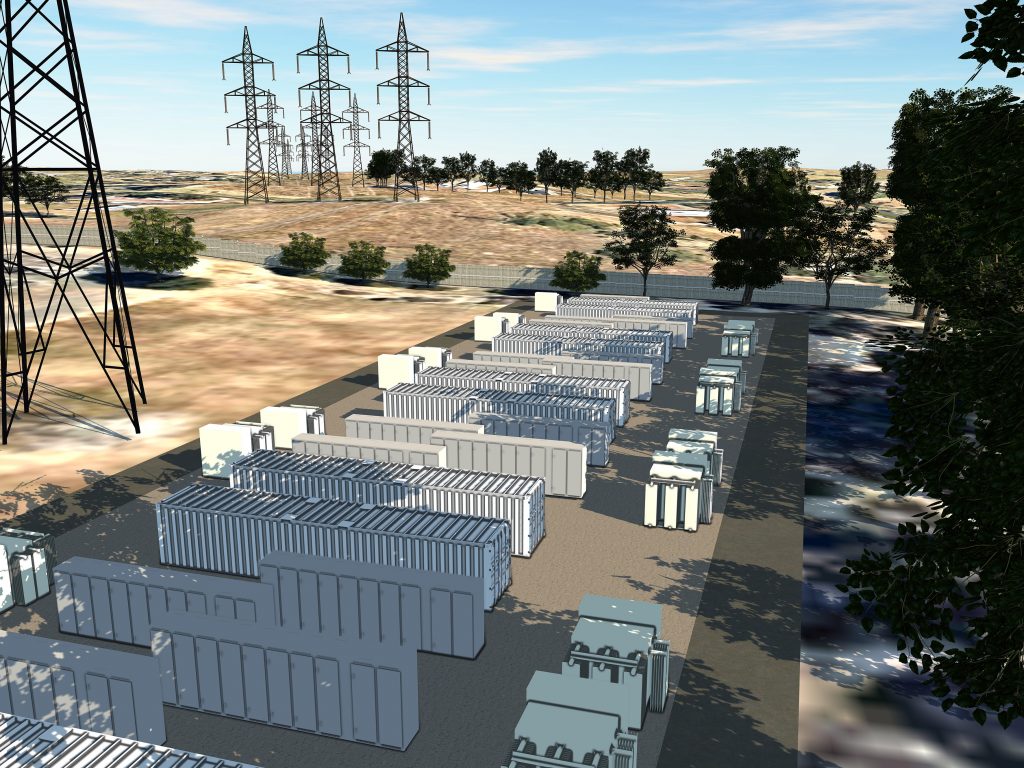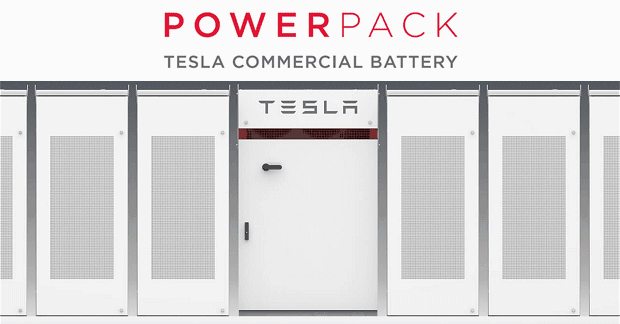Battery Energy Storage System – Alice Springs is set to receive its first grid-scale battery as solar power in the Northern Territory heats up.
Alice Springs Battery Energy Storage System

The $8.3M, 5MW/2.5MWh grid-scale battery storage facility in Alice Springs was announced last year and has been completed this week. It was built by New Zealand solar company Vector using LG grid-scale solar batteries.
Government owned Territory Generation (The Northern Territory’s major electricity producer) have advised that they’re hoping this battery will facilitate greater uptake of solar in the NT:
“The Battery Energy Storage System is an important milestone in the Northern Territory’s transition to renewable energy and a critical piece of infrastructure to support the Northern Territory Government’s Roadmap to Renewables strategy,” Territory Generation Chief Executive Officer Tim Duignan said.
“Reliability and stability of the power system is a critical barrier in the uptake of renewable energy across Australia, and I am pleased that we are at the forefront of tackling this issue right here in Alice Springs,” he continued.
The BESS should have quite a big impact on base-load power as well, so let’s see how it fares during summer 2018/19. Previously a very conservative approach to local grid management (read more in RenewEconomy) means this battery should help quite a lot: with half an hour storage capability, and can supply 8MW for 6 seconds, or 7.5MW for 60 seconds – suitable for the moments everyone decides their air conditioners need to be turned on at the same time!
Mr. Duignan also discussed the plans for Darwin solar in the future: “The cutting-edge technology in our Battery Energy Storage System will reinforce Alice Springs as the solar capital of Australia by enabling greater solar penetration whilst maintaining grid stability.”
We wrote about the Battery Energy Storage System (BESS) last June as it was unveiled in an attempt to compete with the other states, where the Northern Territory was lagging behind considerably (January 2017 PV output was 4,049MWh vs Queensland’s 126,629MWh).
The Northern Territory is in a very unique position compared to its neighbour states – the state hosts a mere one percent of the total population but it represents approximately 15% of Australia’s land mass. However, installs are more expensive over there due to less competition and higher cyclone ratings required on solar panels. This dearth of Darwin solar is starting to change and there are a raft of high quality solar installers working hard in Darwin, Katherine, Alice Springs, and more. It’ll be interesting to see how quickly they can catch up to the other states.
Darwin Solar Farms
There are plenty of farms and solar projects in various stages of completion in the Northern Territory and this is growing rapidly:
- GPT Group have 1.25 MW at Casuarina Square shopping Centre
- Darwin International Airport’s 4MW.
- Epuron are working on a 25MW Solar plant at Katherine.
- The Australian Defence Force have tendered for a 12MW of solar (combined) at their Darwin and Robertson Barracks.
- Rim Fire Energy Retail’s 10MW Batchelor solar farm.
- Infigen Energy are building a 12MW solar farm at Manton Dam and 10MW at Batchelor.
- Community solar project “Repower Alice Springs” is planning for a 10MW community solar farm.




